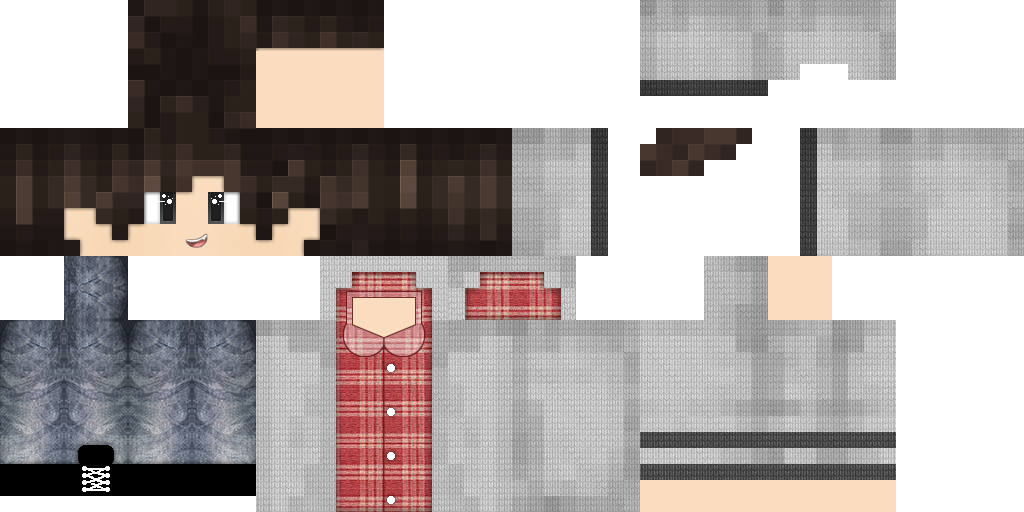


After downloading these skins, you can equip them through the Profile menu. There are both free and purchasable skin packs that can be obtained in the Minecraft Marketplace. Using Skins in Bedrock Versions of Minecraft
Minecraft skin image converter how to#
To find your version number or instructions on how to update your version, see How To Update Minecraft. To fix this, visit /profile and upload a classic skin. You'll also see this issue if you've uploaded a slim-armed skin prior to them being implemented in the game (versions 1.7.9 or earlier). To fix this, visit /profile and upload the correct skin type for the model you've selected. You'll see black lines on your skin’s arms in versions 1.8 and later if your profile has a classic model selected, but you've uploaded a slim-armed skin. Why are there black lines on my skin's arms? Slim-armed skins are only fully supported in version 1.8 and higher if you have a slim-armed skin selected in a version prior, you will see black pixels on the arms. You can create your own skin based on either model using the reference templates below: If you haven’t uploaded a custom skin, you'll have either the classic "Steve" skin or the newer "Alex" skin, which features slimmer arms. Your default skin is randomly based on your account ID and cannot be changed, although you can apply custom skins. This skin is also used when you don't have a connection to the skin servers. Learn about Standard and Slim Skin Models Only the inner part of a dual-layer skin will be visible if you use it while playing a Minecraft edition older than version 1.8. Starting with Minecraft version 1.8, skins can have a second layer on each body part. So to change your skin, you must migrate your account to Mojang Studios. Note: You can only change your skin if you have migrated your premium account. For information on Minecraft: Java Edition see Minecraft: Java Edition Skins article. You can try it out yourself at: article applies to Bedrock versions of Minecraft only.
Minecraft skin image converter full#
In the future I need to start deleteing these images just to not take up too much space but as of right now the full app is up and running. These images are given a random ID and then sent back to the user.The Python app does the cropping and moving needed to build the final skin and builds two images, the preview and the full skin.The server starts a new instance of the Python app providing the image and color.In the end the resulting workflow is as follows: This lets people blend their background into the front of the skin, or just add a personal touch. Instead of just a plain black background I added a color picker to let users choose what skin they wanted to use. You may notice that you can feed in a color variable, this was also an improvement I made when building the web version. This worked pretty well and once the Python app was setup to take variables it was as simple as calling: const python = spawn('python', ) My solution was to wrap the Python app in a way that it could be called by the NodeJS app. I am familiar with Flask, a Python library for making web servers, but I am much more comfortable working with NodeJS and Express. I could stop there, but it needed to work online. png and can be used for a Minecraft skin. This resulting image was then exported as a. For the rest of the skin it was just filled in with black. My method of translation was to make a new empty file with the resolution of a full Minecraft skin and then cut from the cropped skin file to place each element in the correct spot. So instead of looking like the above image, the raw texture files look like this: Standard Minecraft Skin Now I got to the harder part, MC skins are wrapped around the player model. This was the easy part, simple resizing and cropping is not difficult in OpenCV. Original Image and then the cropped and resized front of a Minecraft skin


 0 kommentar(er)
0 kommentar(er)
